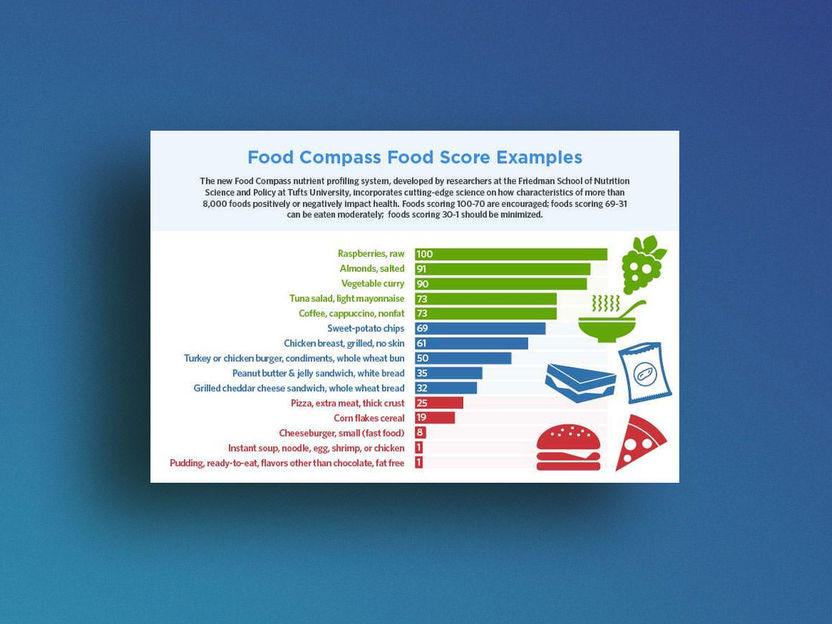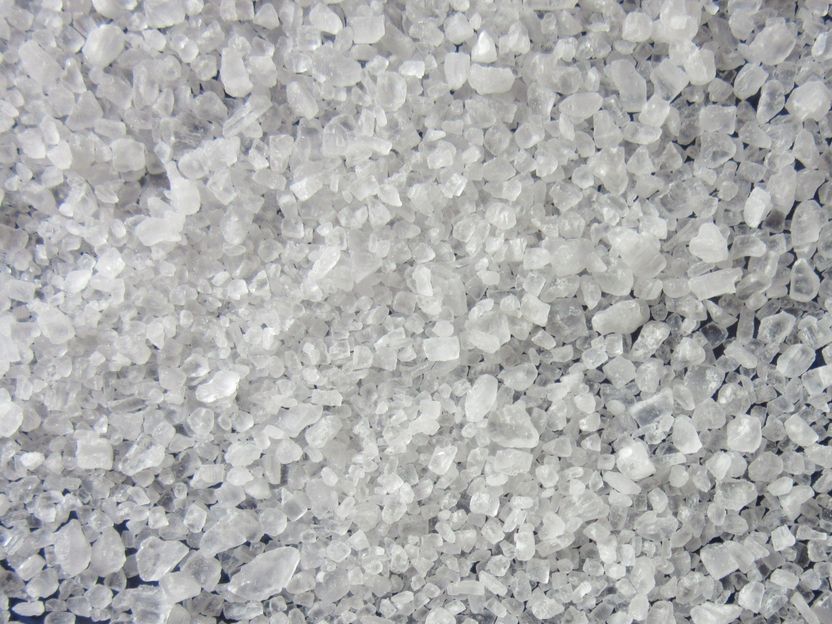African swine fever: transmission via feed unlikely
International research results on ASF viruses published
African swine fever (ASF) continues to spread in Europe and other parts of the world. Food also plays a role in this. If unheated food or leftovers from infected animals are fed to uninfected animals, the virus can spread to previously ASF-free regions and thus also to domestic pig herds. As the pathogen is stable in the environment, it has long been assumed that it can also be transmitted via feed, water and other materials. The European food safety Authority (EFSA) initiated an international research project on this question, in which the Federal Institute for Risk Assessment (BfR) and the Friedrich Loeffler Institute (FLI) also participated. The results show that The spread of ASF viruses via animal feed is only to be expected in exceptional cases. "Even after adding large quantities of the infectious virus to various feed and bedding materials, no infectious virus was detectable after a short time," says project coordinator Dr. Sandra Blome from the FLI, "Only in cold-stored fodder beet and potatoes was infectious virus material still found in some samples even after a longer storage period. This is probably due to the fact that ASF viruses are particularly stable in cold temperatures and humid environments." "In principle, ASF viruses are not transmissible to humans," explains BfR President Professor Andreas Hensel. "With this project, however, we are closing an important knowledge gap regarding the role of feed in the transmissibility of the ASF virus."
Due to a lack of empirical data, the FLI worked together with the BfR and the Swedish Statens Veterinärmedicinska Anstalt (SVA) in the EFSA-funded project (start 2022) to close the existing knowledge gaps. The aim was to investigate the stability of ASF viruses on feed, bedding materials and mechanical vectors under practical storage conditions. For this purpose, 14 relevant agricultural feed and bedding materials were used: Grass, grass silage, hay, bark, peat, wood shavings, maize silage, rapeseed, barley, wheat, oats, straw, potatoes and fodder beet.
All materials were contaminated with the ASF virus and stored at five different ambient temperatures for up to nine months. The samples were examined for infectious viruses and genome residues of the virus at various points in time. The researchers also looked at the possible role of three different species of blood-sucking arthropods (arthropods such as seiners) to find out how long the arthropods studied can harbor the virus genome and the infectious virus after ingesting infectious blood.
Note: This article has been translated using a computer system without human intervention. LUMITOS offers these automatic translations to present a wider range of current news. Since this article has been translated with automatic translation, it is possible that it contains errors in vocabulary, syntax or grammar. The original article in German can be found here.
Original publication
Sandra Blome, Mandy Schäfer, Liudmyla Ishchenko, Claudia Müller, Melina Fischer, Tessa Carrau, Lihong Liu, Eva Emmoth, Karl Stahl, Anneluise Mader, Mila Wendland, Janine Kowalczyk, Rafael Mateus‐Vargas, Robert Pieper; "Survival of African swine fever virus in feed, bedding materials and mechanical vectors and their potential role in virus transmission"; EFSA Supporting Publications, Volume 21
Other news from the department science
Most read news
More news from our other portals
See the theme worlds for related content
Topic world Food safety
Food safety is at the heart of the food and beverage industry. It ensures that the food we eat every day is not only nutritious, but also free of harmful contaminants. From field to plate, the industry monitors and regulates every step of the process with strict quality controls, advanced testing methods and continuous research.

Topic world Food safety
Food safety is at the heart of the food and beverage industry. It ensures that the food we eat every day is not only nutritious, but also free of harmful contaminants. From field to plate, the industry monitors and regulates every step of the process with strict quality controls, advanced testing methods and continuous research.

































































